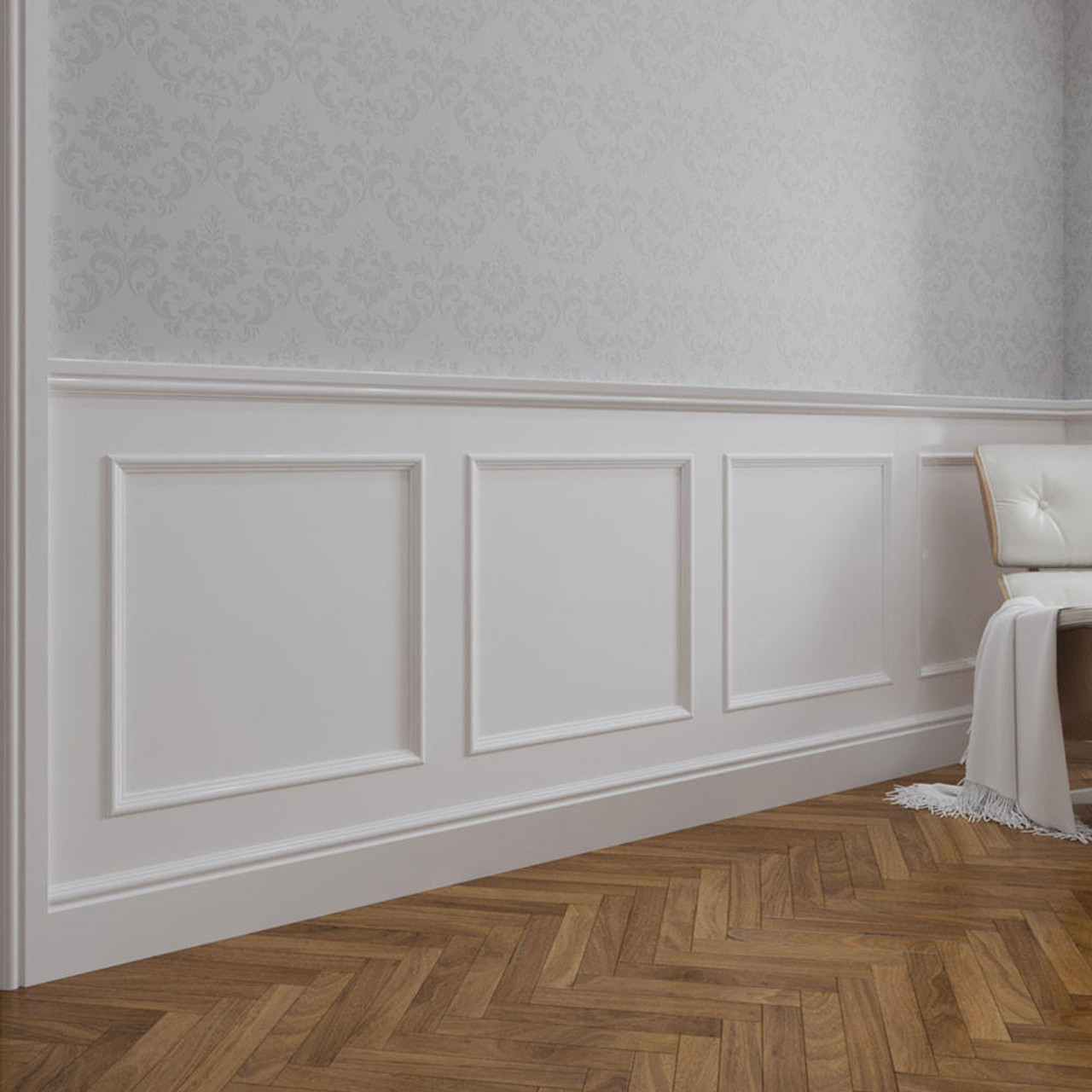DIY Methods for Perfect Wooden Wall Paneling Design
DIY Methods for Perfect Wooden Wall Paneling Design
Blog Article
Classic vs. Modern Wooden Wall Paneling Designs
Wooden wall paneling has seen an amazing revival in inside style styles, giving a little beauty, heat, and flexibility to any room. Making the right choice for the space can change a dull wall in to a stunning main point. From fashion factors to realistic guidelines, this information may go you through how to pick an ideal paneling kit for your home or office.
1. Think about the Room's Function and Visual
Functionality
Each space in your house provides a unique purpose, and the selection of wooden paneling should match it. For an income space, you might go for extraordinary, textured timber to create an inviting ambiance. Bedrooms may possibly take advantage of clean, minimalist systems for a cozy and tranquil vibe. For spaces like kitchens or bathrooms, ensure you select paneling that is moisture-resistant or closed to tolerate humidity.
Type and Design
The aesthetics of the paneling should align along with your room's overall theme. For contemporary decorations, clear lines and light-colored woods such as for instance birch or maple create a smooth look. Rustic or farmhouse areas are brought your with distressed timber or reclaimed wood offering hotter, natural tones. A Scandinavian-inspired design usually advantages of light woods and simple wheat patterns.
2. Select the Type of Timber and End
Stable Wood vs. Engineered Timber
Solid wood paneling offers an real look, durability, and amazing charm, but it could be expensive. Manufactured wood panels, on one other hand, are less expensive and come in numerous finishes and finishes. They are able to copy the look of wood while providing increased humidity resistance and less susceptibility to warping.
Completes and Therapies
Section completes, such as for example stained, painted, or varnished timber, enjoy an important role in deciding their ultimate appearance. Staining features the normal grain of the wood, while colored systems permit a broader selection of color options. For additional safety, ensure the systems are sealed with treatments ideal for your environment.
3. Believe About Section Size and Direction
Wall paneling is available in a variety of shapes, from thin strips to big sheets. Straight systems may make a room look taller, which is ideal for places with decrease ceilings. Outside paneling, on another give, creates a wider feel, making smaller rooms search greater and more open.
4. Know Your Budget
Collection a budget that includes not just the price of the wood paneling but additionally installation and maintenance expenses. While premium wood alternatives, like walnut or maple, may elevate your space, there are numerous cost-effective alternatives like plywood or medium-density fiberboard (MDF) that still provide cosmetic appeal at a fraction of the cost.
5. Consider Light in the Space

The kind of wood and their finish will react differently to light. Light woods brighten up candle lit rooms, sending sunlight or artificial light. However, darker woods include range and richness to naturally bright areas but will make small or poorly illuminated spaces sense more enclosed if greatly used.
6. Aspect in Longevity and Maintenance
Each type of wooden screen requires different quantities of upkeep. Hardwoods like cherry or mahogany are sturdy and long-lasting but may need more polishing to maintain their check out the years. Manufactured wood or sections with defensive films tend to be easier to completely clean and take care of, specially in high-traffic areas.
Raise Your Rooms with the Right Wooden Paneling
Selecting the most appropriate wooden wall paneling may entirely transform the look and feel of one's space. Hold your room's performance, design, and practicality in mind as you explore options. With clever selection, wooden paneling blends purpose and style, offering your rooms a timeless appeal that aligns with modern design trends. Report this page